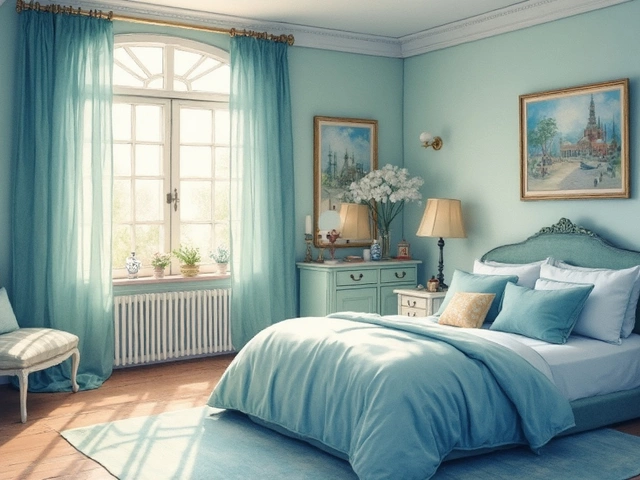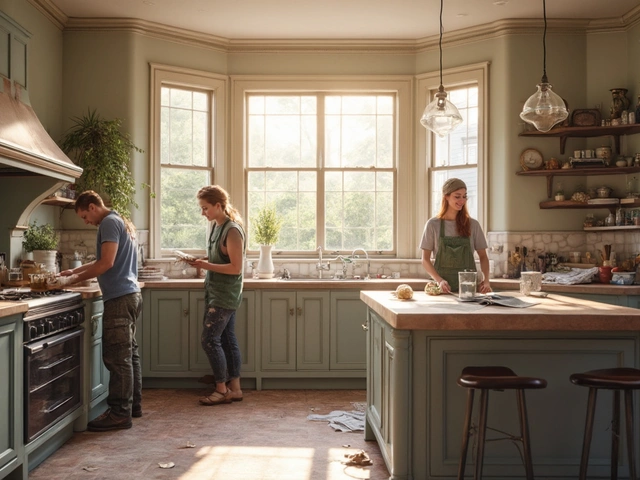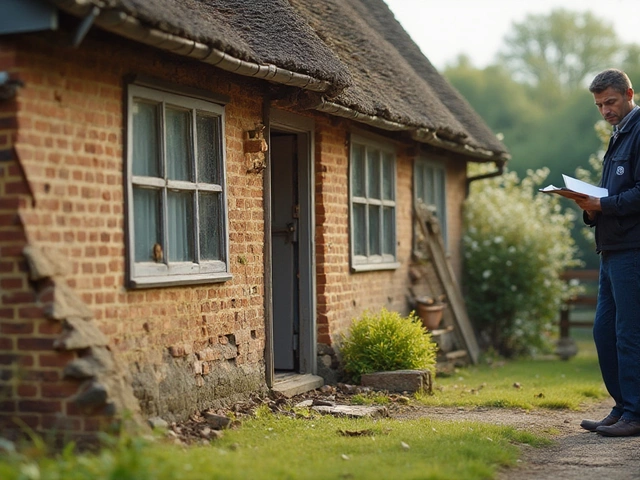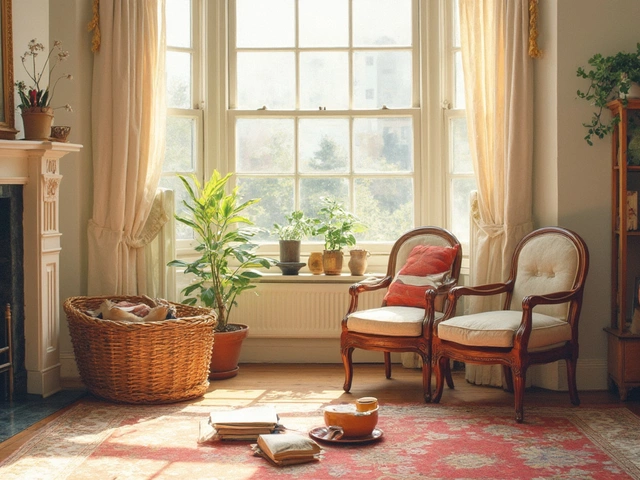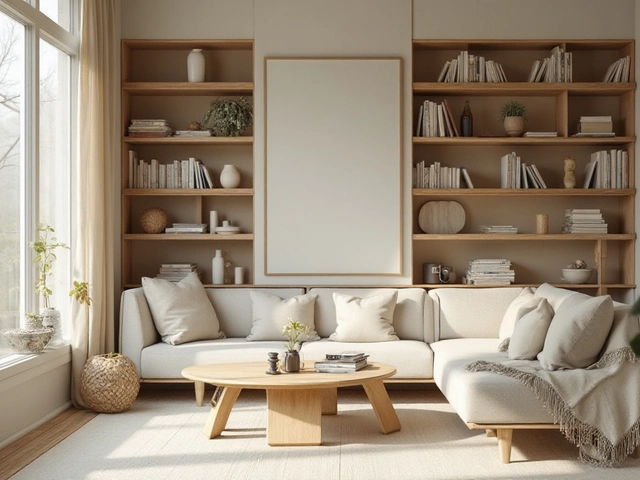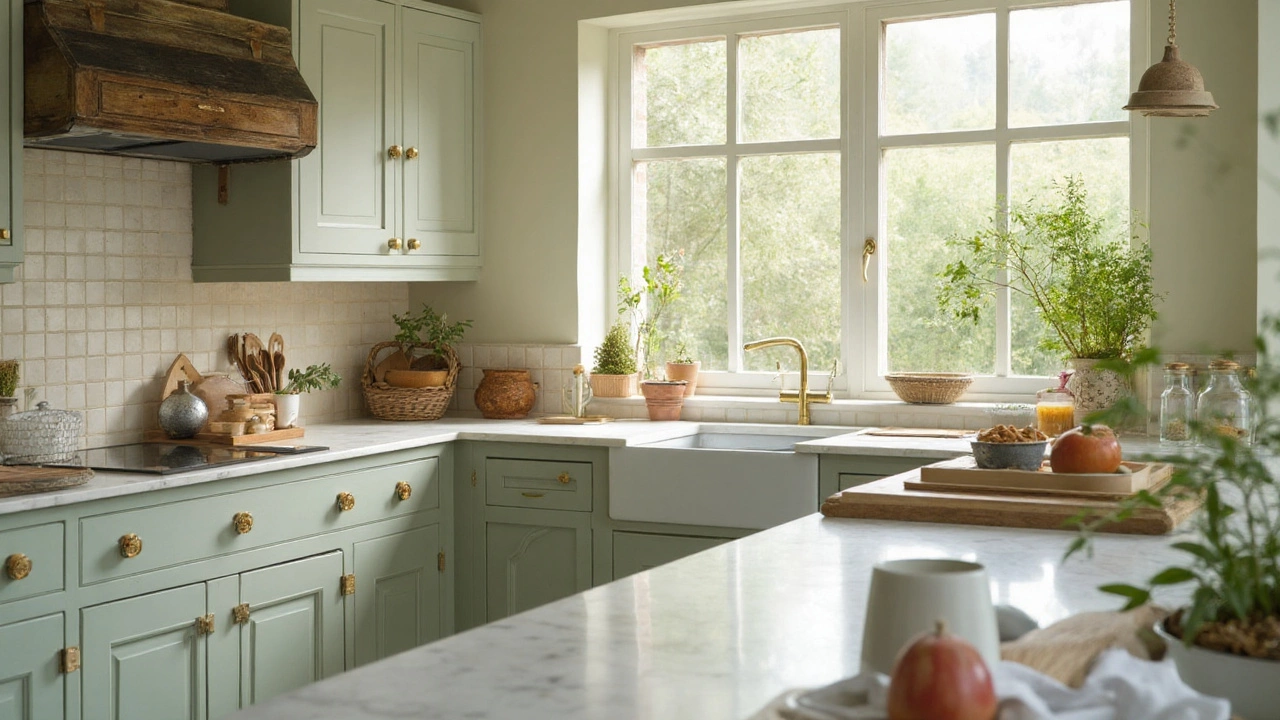
If you binge Fixer Upper or scroll Pinterest for farmhouse kitchens, odds are you've wondered: what countertop does Joanna Gaines actually use in her makeovers? Her kitchen designs set trends by making ordinary spaces look high-end yet inviting. And the countertops? They always seem to nail that perfect mix of style, function, and warmth. Turns out, there's real thought and strategy behind those dazzling surfaces.
The Countertop Materials Joanna Gaines Chooses Most
Joanna's signature style is modern farmhouse: cozy, practical, but always elevated. She doesn't stick to one material, but certain countertops crop up again and again in her kitchens, both on TV and at Magnolia Table. Far and away, quartz grabs most of the attention. It looks like natural stone, feels sturdy, and won’t make anyone nervous about coffee rings or spills. She’s not shy about using white or light grey quartz for those big, sunlit islands that anchor a family kitchen. Brands like Silestone and Caesarstone are favorites—think “Pearl Jasmine” or “Statuario Nuvo”—both with subtle veining that mimics marble but without the high-maintenance baggage.
Marble also enters the chat, usually in honed or matte finishes that dodge that super-glossy look. While it’s undeniably gorgeous (no one hates a White Carrara moment), marble isn’t for everyone. Joanna is up front about its diva tendencies: prone to stains, scratches, etching from acidic foods. She uses it sparingly—often for a baking zone, coffee bar, or a master bath—where its beauty can shine but spills and splatters are less of a worry.
Butcher block is another Joanna classic. She deploys it for warmth, especially if the rest of the kitchen has a ton of white. Think thick, chunky oak or maple slabs oiled to bring out that rich grain. These wood counters work on islands or little prep corners, but she usually mixes them with stone for visual balance.
Concrete countertops? Sometimes, especially when she wants something earthy and textured. The downside: concrete needs sealing and can crack if installed poorly. But with the right finish, it gives a kitchen a custom, handmade vibe.
Check out this table showing how often these countertop types show up in Fixer Upper kitchens, based on actual episode reviews and Magnolia blog posts:
| Countertop Material | # of Featured Kitchens (2017-2024) | Main Pros | Main Cons |
|---|---|---|---|
| Quartz | 22 | Durable, low maintenance, looks like marble | Can be pricier than laminate |
| Marble | 6 | Luxurious, bright, timeless | Stains, scratches, high maintenance |
| Butcher Block | 14 | Warmth, affordability, easy to refinish | Scratches, needs oiling, can stain |
| Concrete | 3 | Industrial vibe, customizable | Cracks, needs sealing |
| Granite | 5 | Natural stone beauty, durable | Variation in slabs, needs sealing |
Joanna rarely uses laminate. She likes counters to feel like an investment, even if that means cutting back elsewhere to budget for the right material. Have a small kitchen? She’d probably tell you to splurge on quartz or a dramatic butcher block before spending on fancy backsplashes or hardware.
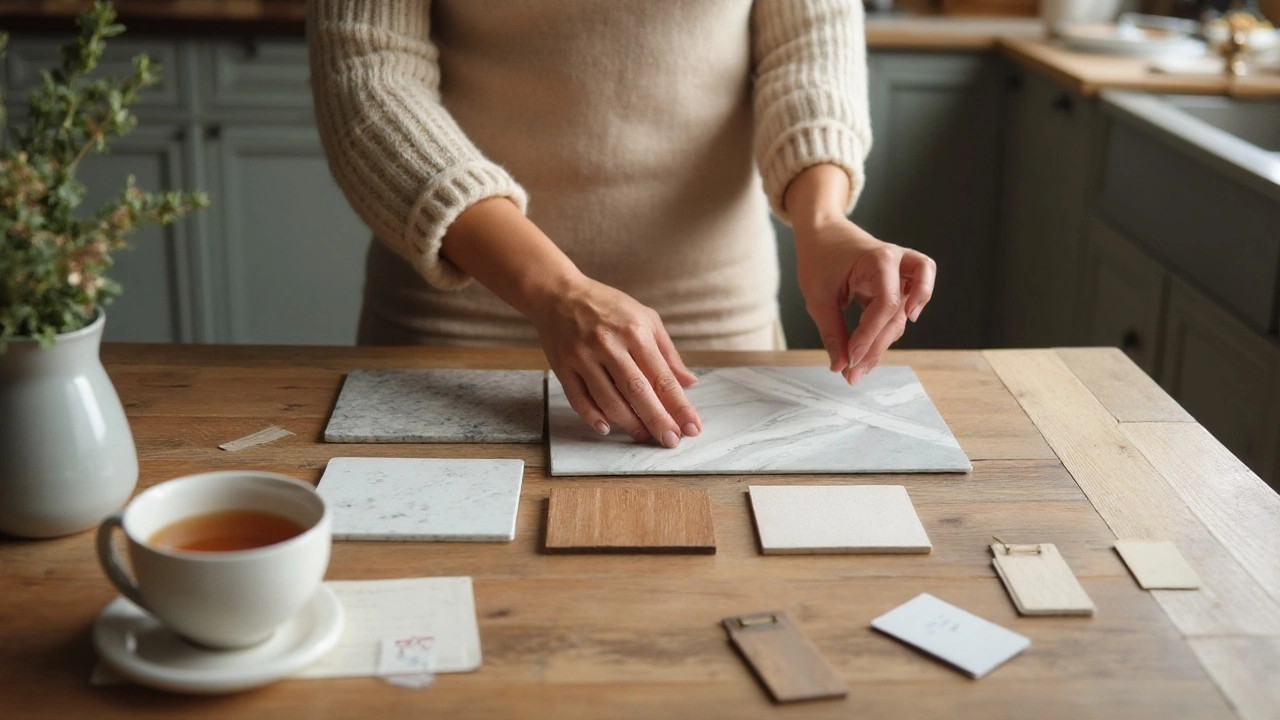
Why Joanna Gaines Favors Quartz (But Doesn’t Ignore the Others)
So, why does quartz get so much love? A big part is practicality. Joanna’s kitchens are designed for real families who cook, spill, set down hot pans, and forget to use coasters. Quartz checks all those boxes: it won’t stain easily, it won’t chip from everyday use, and it comes in a ton of styles—polished whites to dramatic veining without looking fake.
She often picks quartz with subtle, marble-inspired patterns since they bring brightness and elegance without the high-maintenance headaches. Fans of Fixer Upper will remember her saying (at least twice per season!), “I want this kitchen to work for the way you live,” usually right before she picks a dreamy white quartz that instantly opens up the space.
But there’s method to her mixing. Joanna loves variety—using butcher block on an island and quartz on the perimeter, for example. This keeps things from looking too sterile or showy. She’s big on mortgaging looks against function: if a family loves baking, she might layer in marble for rolling dough, but she’ll always surround it with sturdier materials elsewhere.
Joanna doesn’t ignore granite, especially in projects where owners love the natural movement in a stone. She’ll keep the color light and veining soft—think Bianco Romano or honed Absolute Black. The drama in her spaces usually comes from design choices, not countertop color.
If you pay attention to Magnolia content and her bestselling book 'Homebody', you’ll also find she’s a stickler for finish. She usually picks honed, leathered, or less-glossy surfaces. They feel cozier, hide smudges, and fit the farmhouse style better than a blinding mirror polish.
- Tip: If you want the Gaines look on a budget, try using butcher block for the island and a quality quartz for main counters. Mix two materials if you can.
- Tip: White or pale grey always feels fresh and open. Pick a finish that hides crumbs and fingerprints (honed or matte wins here).
- Tip: If you want real marble but worry about maintenance, confine it to a small section—like a pastry counter.
- Tip: Don’t think you have to pick a trending stone. Joanna’s signature is about blending the best of durability, beauty, and personal taste.
One little-known fact: Joanna often prefers undermount sinks set into quartz or stone, which makes cleaning way easier—no crumb-catching lips. She’ll almost never use tile countertops, which she’s called “dated and impossible to keep clean.”
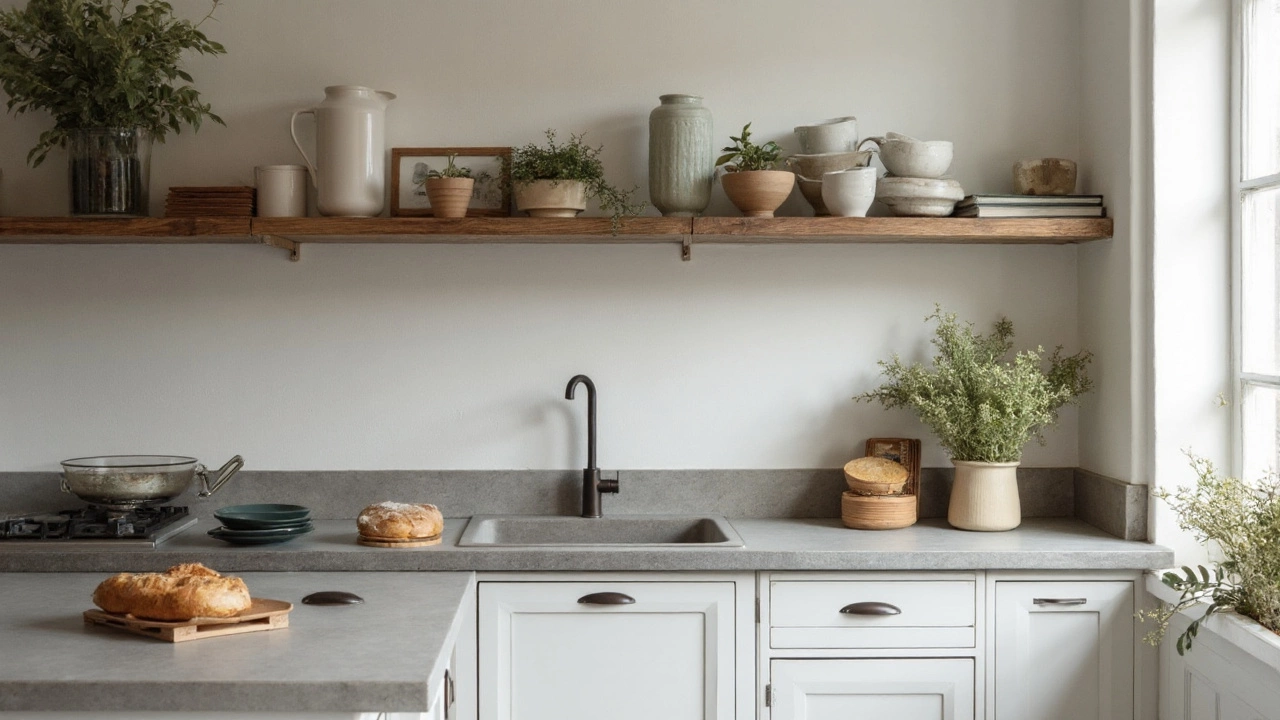
Designing Your Kitchen Like Joanna: Tips, Mistakes to Avoid, and Real-Life Examples
A lot of folks see Joanna’s kitchens and worry they can’t recreate that vibe without a full gut renovation. Truth is, much of her signature look comes from smart countertop choices—paired with classic backsplash tile and simple, sturdy cabinetry.
If you’re shopping for new counters, here’s how to channel her style—and avoid some rookie mistakes:
- Think about your habits. If you love wine, tomato sauce, and rambunctious kids, marble’s probably not your friend. Butcher block can scratch, but scratches often add character.
- Look for quartz with veining, not fake speckles. That’s the secret behind those stunning Instagram reveals—materials that look as close to real stone as you can afford.
- Mixing is not just allowed—it’s encouraged. Use dark wood on the island, light stone by the sink, or even concrete for a worktable.
- Don’t skimp on finish work (like rounded or eased edges). Joanna’s crew often softens corners and details to keep everything feeling inviting and lived-in, not sharp or fussy.
- Choose hardware and sinks that won’t look dated in five years. Joanna goes for sturdy metals—like matte black or brushed brass—matched with large, deep farmhouse sinks.
One thing sets her choices apart: they’re meant to be used, not protected like museum pieces. If you want your kitchen to look like Fixer Upper, focus first on light, natural-looking surfaces that can handle daily life. And don’t stress about every little imperfection. Joanna herself says the nicks and stains are “signs your kitchen is being lived in.”
Fun fact: the Magnolia Table restaurant in Waco uses a mix of white quartz and butcher block on its counters, matching many of the elements she chooses for family homes. That blend of easy-care surface and natural warmth is as much a calling card as shiplap walls or vintage signs.
Bottom line: Joanna Gaines leans hard on quartz for the main counters—crisp, bright, and endlessly practical. She sprinkles in marble, butcher block, or even concrete when a space calls for extra character. The exact mix depends less on trends and more on how the kitchen will actually get used, so her spaces always feel as welcoming as they look.
